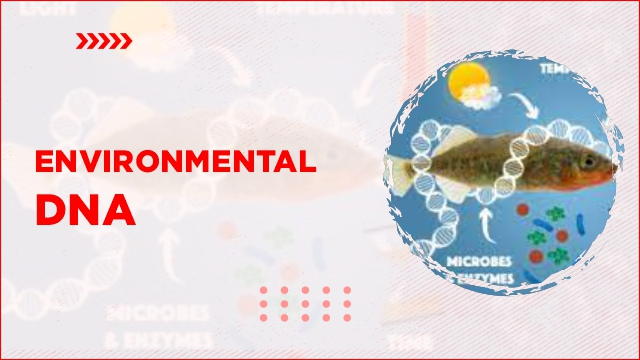Short Article
19:03:34
Environmental DNA
Researchers at the Laboratory for the Conservation of Endangered Species (LaCONES) have developed a method for detecting all life forms in an ecosystem using environmental DNA (eDNA).
Key Highlights:
- Environmental DNA (eDNA) refers to genetic material that organisms shed into their environment. It can be found in various environmental sources such as soil, water or air.
- This genetic material is derived from shed skin cells, mucus, urine, feces, hair or any organic material released by organisms into their surroundings.
- eDNA is a powerful tool used in environmental monitoring and biodiversity studies. It allows scientists to detect the presence of organisms without directly observing them.
- Researcher have developed a method to detect all life forms within an ecosystem using environmental DNA (eDNA).
- This method involves collecting water, soil or air samples and then sequencing the DNA fragments to evaluate the total biodiversity in the ecosystem.
- It can detect a broad spectrum of organisms, encompassing viruses, bacteria, archaea, fungi, plants, insects, birds, fish, and various animals.
- The technique is non-invasive, cost-effective, rapid, and scalable. It offers an effective means for monitoring and conserving biodiversity in both freshwater and marine ecosystems.
About : Laboratory for the Conservation of Endangered Species (LaCONES):
- LaCONES is a dedicated Laboratory of CSIR’s Centre for Cellular and Molecular Biology (CCMB) established in 1998
- It is India’s only research facility engaged in conservation and preservation of wildlife and its resources.
- India’s first genetic bank for wildlife conservation, the National wildlife genetic resource bank (NWGRB) was established at LaCONES in 2018.




